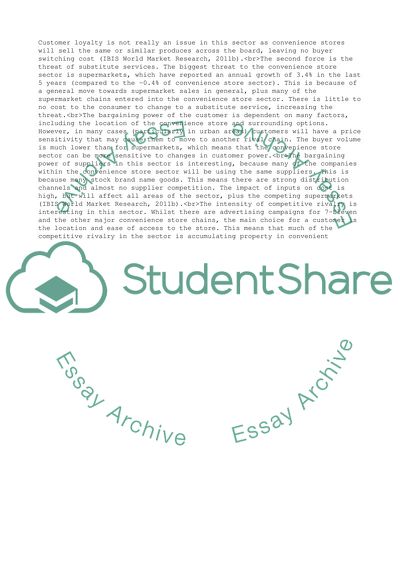Cite this document
(“Industry and Company Analysis - strategy of management Assignment”, n.d.)
Retrieved de https://studentshare.org/management/1587166-industry-and-company-analysis-strategy-of-management
Retrieved de https://studentshare.org/management/1587166-industry-and-company-analysis-strategy-of-management
(Industry and Company Analysis - Strategy of Management Assignment)
https://studentshare.org/management/1587166-industry-and-company-analysis-strategy-of-management.
https://studentshare.org/management/1587166-industry-and-company-analysis-strategy-of-management.
“Industry and Company Analysis - Strategy of Management Assignment”, n.d. https://studentshare.org/management/1587166-industry-and-company-analysis-strategy-of-management.


